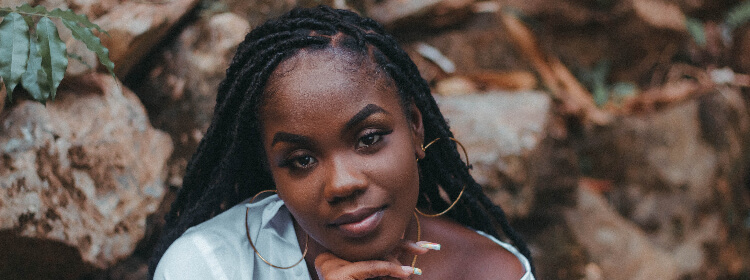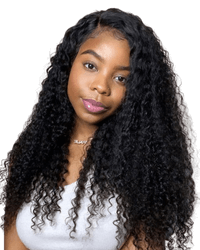Dreads vs locs, which one suit you more? Dreads and locs are both popular and amazing hairstyles in our fashion life. Some people think they are the same while some consider dreads are more matted or even offensive. Actually, hairstyles also speak volumes about the individual’s beliefs, religion, and beauty standards.
Knowing the differences between locs and dreads it’s not only about the appearance. The question is also about the history, culture, and religious significance of them. Today, let’s learn more about the physical and historical of these two!
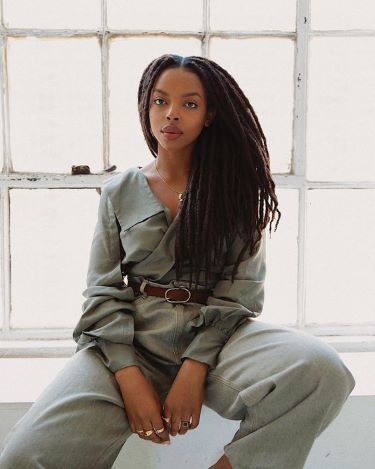
What are Dreads?
Dreads are rope-like strands that are combined by braiding or rolling hairs. The common impression of dreads is that they are matted with long strands. They can usually keep for a long time and grow on their own.
Some people feel that this look messy and even dirty, while others take it as a spiritual symbol. This spiritual belief may have started from the popularity of reggae music. Yet, as one of the most common hairstyles in human history, dreads have a rich cultural behind them.
Historical studies found that dreads have a long history in African, Egyptian, Irish warrior, and Hindu cultures. Some writers have found that the term starts from Rastafarianism about dreadful. Some research shows that it’s from the dreadful locs of warriors during the 19th century.
It seems that dreads have had a negative connotation for generations. However, dreads start to become fashionable with popular of reggae music in the 1970s.
The famous Jamaican reggae artist Bob Marley widely spread the dreads with his music. After that, more people began to dread showing off their personality and sense of fashion.
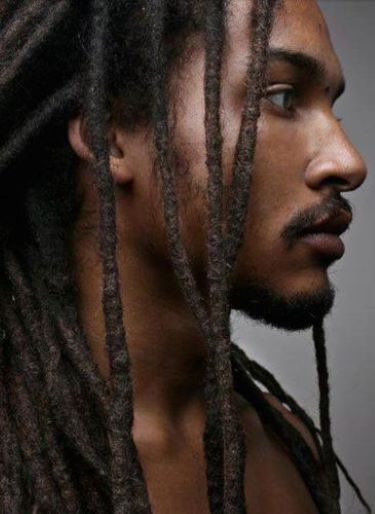
What are Locs?
Locs are made by coiling, braiding, twisting, or rolling hair. Unlike dreads, they are much more stylish with well-defined roots.
While dreads are more naturally made, locs usually need some help from professionals. Once stylists complete the locs, they will be strong and not as easy to loosen as braids or simple twists. In the long run, locs will also have a more neat look compared to dreads.
Another characteristic of locs is that people like to color them to add more flavor. Furthermore, adding shiny jewelry and other accessories is also becoming trendy.
Locs are a typical hairstyle for those on the African continent. They have closer roots to African cultural traditions. They are a carefree way to maintain the hair of the local populations.
So, without looking down on dreads, locs have their cultural representation and identity. Today, people wear locs around the world widely. Everyone can choose their favorite loc style to show off their personality.
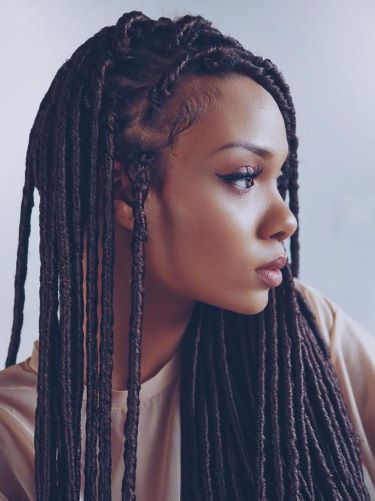
The Major Differences Between Dreads and Locs
Now that we have a brief understanding of basic characters as well as their history and culture. Let’s continue with their major differences.
The Formation Process
Methods for Creating Dreads
Natural neglect, backcombing, and twisting are the most common ways to make dreads.
Natural neglect, as the name implies, requires little effort and looks more carefree. All we need to do is separate our hair into a few sections and roll them with our palms. To do this right, do not straighten or comb the hair so that the dreads will naturally to form within several weeks.
Backcombing starts with clean and dry hair. Separate your hair into even sections with small rubber bands. Backcomb the sections down toward the scalp and keep doing this for all sections.
Twisting also starts with dividing our hair into small sections. Twist a section with your hands and divide the end into two opposite directions. Repeat this to make all sections twisted, split, and knotted from dreads.
Methods for Creating Locs
To make locs, we can also try some basic methods such as palm rolling, interlocking, and freeform.
Palm rolling is one of the easiest methods for beginners. Roll or twist each small strand to build tangles. Then, keep rolling between your palms to create round-shaped locs of hair.
Interlocking is a bit more advanced of a method. It usually requires the use of an interlocking tool to pull our locs through the roots. Once we interlock them, the new growth will automatically interlock.
Freeform locs may be the easiest method. Like natural neglect, we stop brushing our curly hair and let it grow naturally. But this formation process takes longer and requires lots of patience.
Appearance and Structure
As we mentioned, dreads and locs use different methods to make. Dreads will tend to turn out thicker with a fiber-woven structure. Locs, with defined cultivation, will look thinner and with a uniform braids structure.
Besides, both hairstyles can work with a versatile array of styles. We can choose different hairstyles depending on our hair length, thickness, and structure. Shorter hair may not have many styles, but adding some color or highlights will make them stand out.
Some hairstyles, such as braids or ponytails can go with both long dreads and locs. And side cornrows or halo braids work better with defined roots locs styles.

Roots
Looking at the roots perhaps is the easiest way to tell the difference between dreads and locs. For dreads, we can hardly see the roots of each strand. People tend to make dreads with merged roots, which look more natural and messy.
Locs appear to have a more defined shape to the root. Because of this, locs tend to give off a tidier and neater impression than dreads. With careful maintenance, the difference in roots will become more clear.
Maintenance and Care
When it comes to maintenance for dreads and locs, they actually don’t differ too much. For example, both need regular washing. In the beginning stage of formation, it’s better not to wash them until several weeks have passed.
Maintenance for dreads, like their formation, can also use palm rolling. Besides, dreads may also need to use special styling products to keep them in shape.
For locs, maintaining regular re-tightening and grooming is vital. As time goes by, locs will start to merge with others and become messy. Thus, remember to separate and retighten the loose parts.
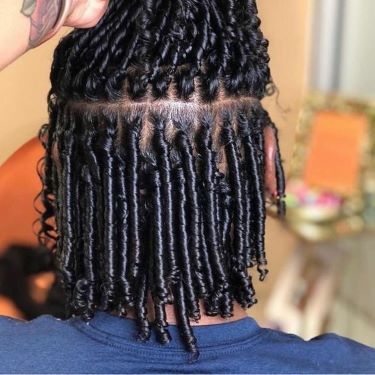
Lifestyle Considerations
Dreads and locs both have their unique appearance and cultural backgrounds. Choosing the most suitable one will depend on your hair type and maintenance effort. You can also choose based on which one you think looks better!
For daily activities and styling options, you may find it easier to deal with dreads in a more natural way. This is especially suitable for those with busier lifestyles. For those who have time to the salon for regular hair styling and maintenance, locs may also be an easy option.
Cultural Significance and Appropriation
The origins and cultures behind them are also leading factors for people to choose from. As we’ve mentioned, they both have their own unique histories and meanings.
Of course, there are also sensitivity concerns surrounding the cultural appropriation of them. The debate over the origins also leads to questioning the right to wear them. Yet, with their extensive history, especially of dreads, it’s hard to trace the specific origin.
It’s impossible to say which is better as it varies from person to person. We should respect and embrace the cultural history behind them.
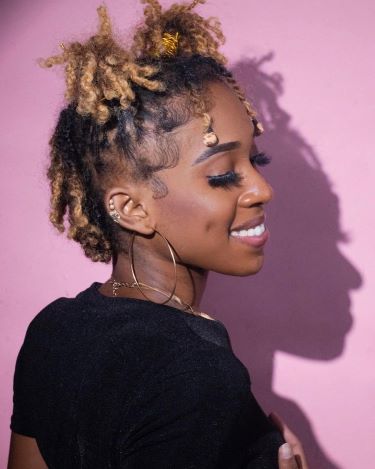
FAQs about Dreads and Locs
Does That Mean Calling Them Dreadlocks Is Offensive?
Dreadlocks have deep cultural and historical significance, and as a result, the term “dreads” can be seen as controversial by some individuals.
It is important to be mindful and respectful when using this term, as it may carry different connotations and interpretations among different communities. T
aking the time to understand and appreciate the cultural context and preferences of others is essential in promoting inclusivity and avoiding unintentional offense.
Can you start with dreads and then transition to locs?
Yes, it is possible to transition from dreads to locs. However, it is generally recommended to start the transition in the early stages of your dreads.
This is because as your dreads mature and take shape, it becomes more challenging to transform them into locs.
Starting the transition early allows for a smoother and more seamless progression from dreads to locs.
Are dreads or locs more prone to breakage?
In general, locs are more prone to breakage compared to dreads. This is because locs are tightly formed and interlocked, which can put stress on the hair strands.
To prevent breakage, it is crucial to keep your locs moisturized and healthy. Regular deep conditioning treatments are highly recommended to nourish and strengthen the hair.
Additionally, adopting a gentle hair care routine, avoiding excessive manipulation, and using protective hairstyles can help minimize breakage and promote the longevity of your locs.
Can you combine dreads and locs in the same hairstyle?
The possibility of combining dreads and locs in the same hairstyle is a bit complex.
It is generally not recommended for beginners to combine them, as it requires a certain level of expertise and experience with both styles.
However, for those who have more experience and are willing to experiment, it can be an interesting and unique look to explore.
It is important to consult with a professional stylist who specializes in both dreads and locs to ensure a seamless and cohesive combination of the two styles.
Dreads vs Locs: To Have A Try
To wrap up, we know that dreads and locks are similar but two different hairstyles. Dreads have a more natural and matted look, while locs have a more cultivated look and defined roots.
Both dreads and locs have different characteristics of origins and cultures. And we should embrace and respect the diversity of different hairstyles. No matter what hairstyles we choose to wear, they both can look compelling and stunning.


